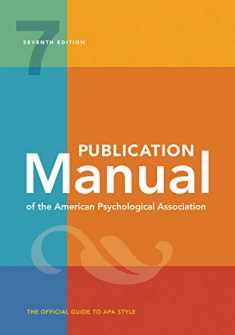
Program Evaluation for Social Workers: Foundations of Evidence-Based Programs
Book details
Summary
Description
Over the course of 20 years and eight editions, the goals of the book have remained the same: to prepare students to participate in evaluative activities within their organizations, become beginning critical producers and consumers of the professional evaluative literature, and reap the benefits of more advanced evaluation courses and texts. The authors aim to meet these objectives by presenting a unique approach that is realistic, practical, applied, and user friendly. Unlike other textbooks on the market, Program Evaluation for Social Workers presents both program-level evaluation and case-level evaluation methods; assuming that neither of these two distinct approaches alone adequately reflects the realities of the field, the book demonstrates how they can instead complement each other. This integration of approaches provides an accessible, adaptable, and realistic framework for students and beginning practitioners to more easily grasp and implement in the real world.


We would LOVE it if you could help us and other readers by reviewing the book
Book review





